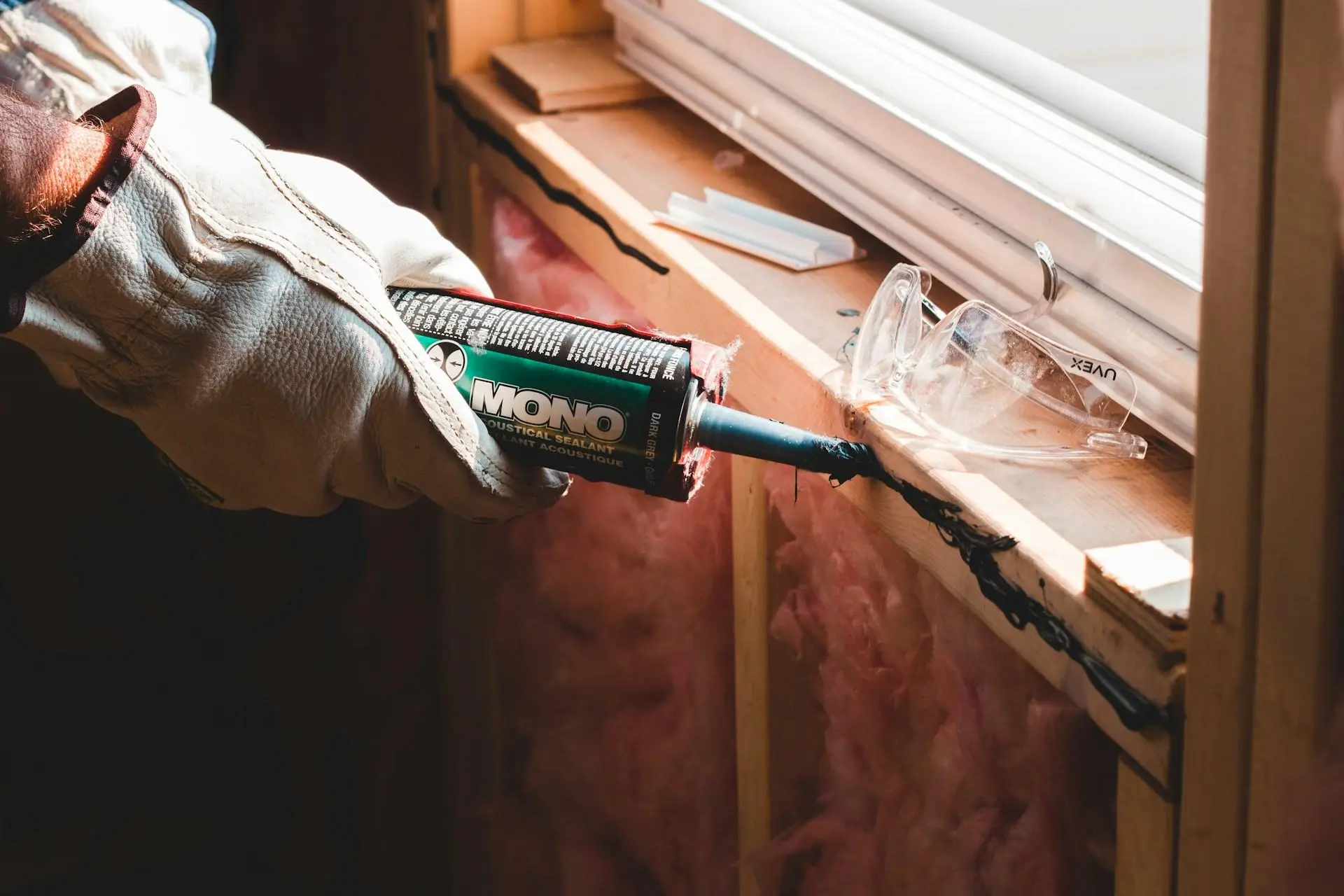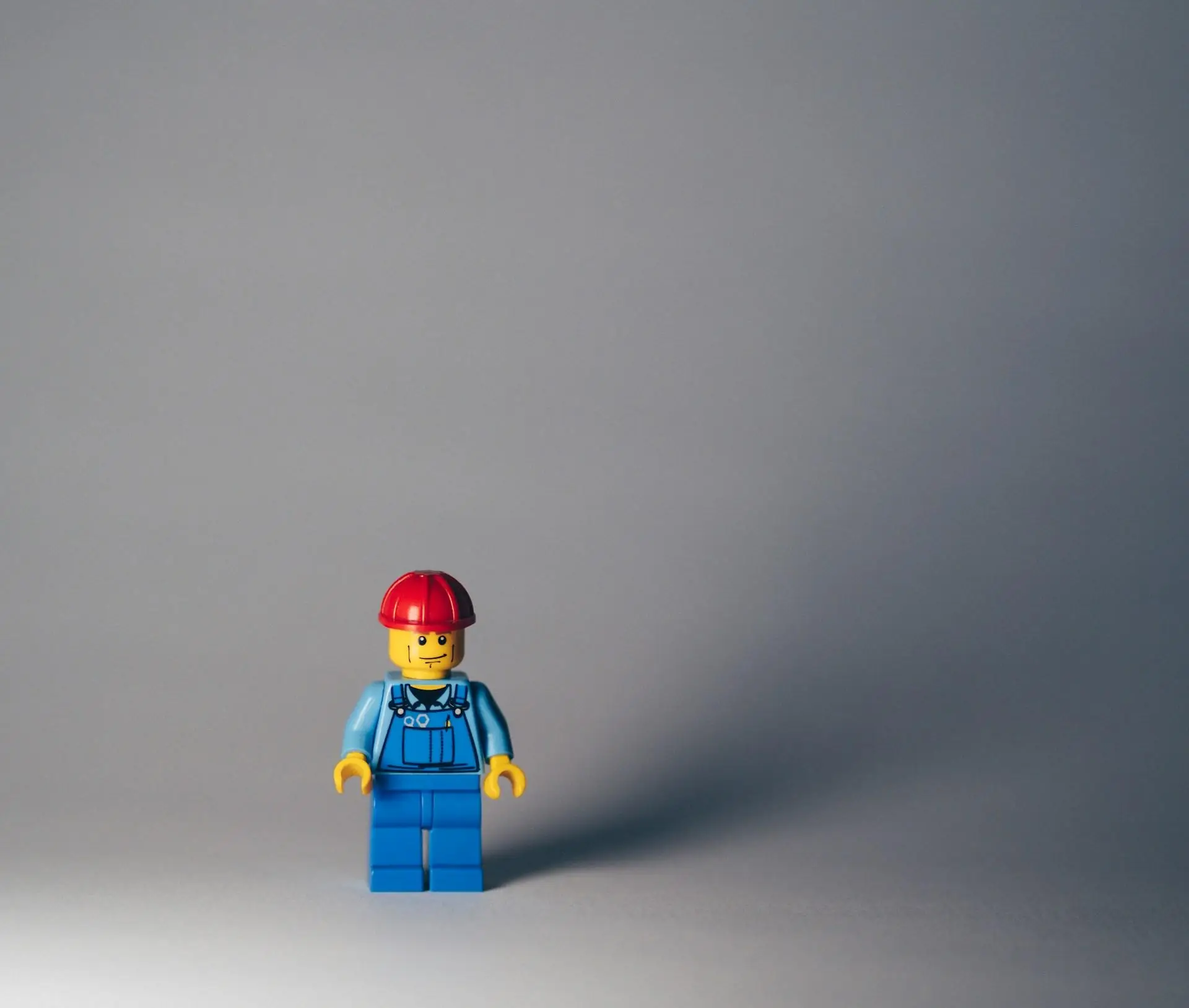DIY Furniture Makeovers: Transforming Old Pieces into Stylish New Finds
The Allure of DIY Furniture Makeovers
In recent years, the trend of DIY furniture makeovers has captivated homeowners and decor enthusiasts alike. This growing popularity is not just a passing fad; it speaks to a deeper desire for creativity and individuality in home decor. Transforming old pieces into stylish new finds allows individuals to express their unique tastes while also contributing positively to the environment. Upcycling furniture not only gives new life to forgotten items but also reduces waste, making it a sustainable choice. Additionally, opting for DIY projects is often more cost-effective than purchasing new furniture, allowing for significant savings without sacrificing style.
Identifying Furniture Worth Transforming
The first step in a successful DIY furniture project is selecting the right piece to transform. Look for items that have good material quality and structural integrity; solid wood furniture is often a prime candidate for a makeover. Inspect the piece for any damage that can be easily repaired, such as scratches or loose joints. Thrift stores, garage sales, and online marketplaces like Facebook Marketplace and Craigslist are excellent places to hunt for potential treasures. With a little patience, one can uncover hidden gems just waiting for a stylish update.
Essential Tools and Materials for Your Makeover Project
Before diving into a furniture transformation, it’s crucial to gather the right tools and materials. The basic toolkit for furniture makeovers should include:
- Sandpaper
- Paintbrushes
- Screwdrivers
- A staple gun (for upholstery projects)
- A measuring tape
As for materials, the type of paint you choose can dramatically affect the final look. Chalk paint, for instance, is favored for its matte finish and ease of use, while spray paint can provide a smooth and even coat. Sealants are also essential to protect your newly painted surfaces. For upholstery projects, selecting the right fabric is vital; consider patterns, textures, and durability to ensure your finished piece is both beautiful and functional.
Step-by-Step Guide to Popular DIY Furniture Makeover Techniques
A. Painting and Staining
Painting furniture is one of the most popular techniques in DIY makeovers. To achieve a professional finish, start by thoroughly cleaning the surface and sanding it down to ensure the paint adheres well. Applying a primer can also help, especially when working with darker colors. For a chic, vintage look, consider using chalk paint; it requires minimal prep and can be distressed for added character.
Staining wooden furniture enhances its natural grain and adds depth. Start by sanding the piece down to bare wood, then apply a wood conditioner before staining. This will help the stain absorb evenly and create a rich, uniform color.
B. Reupholstering for a Fresh Look
Reupholstering furniture can seem daunting, but it’s a rewarding process that can dramatically change the look of a piece. Start with chairs or small sofas for your first project. Remove the old fabric and foam, and replace it with your chosen upholstery fabric. A staple gun is essential for securing the new fabric in place. Don’t forget to measure carefully to ensure a snug fit and consider patterns that reflect current design trends.
C. Adding Decorative Elements
To elevate your furniture's aesthetics, consider adding decorative elements. Stencils can create intricate designs on painted surfaces, while decoupage allows for unique patterns using paper or fabric. Additionally, updating hardware such as knobs and handles can make a significant difference in the overall appearance. These small changes can transform a mundane piece into a stylish focal point in your home.
Inspiration: Transformative Before-and-After Examples
Successful DIY furniture makeovers can serve as great inspiration. For instance, a worn-out wooden dresser can be transformed with a fresh coat of paint and new hardware, turning it into a chic storage solution. Online platforms like Pinterest and Instagram are rich with before-and-after examples, showcasing the creativity and skill of DIY enthusiasts. Observing these transformations can spark ideas and motivate others to embark on their own projects, reflecting current trends while embracing personal style.
Maintenance Tips for Your Newly Transformed Furniture
Once your furniture makeover is complete, maintaining its beauty is essential. Regular cleaning with appropriate products can help preserve the finish and fabric. For painted surfaces, avoid abrasive cleaners, and for upholstery, consider using a fabric protector. Periodically check for wear and tear, and don’t hesitate to perform touch-ups as needed. By taking these simple steps, your upcycled furniture can remain a stunning part of your home for years to come.
Join the DIY Community: Sharing Your Creations
The DIY community is vibrant and welcoming, providing a platform for enthusiasts to share their projects. Social media platforms like Instagram and Pinterest are ideal for showcasing transformations and connecting with like-minded individuals. Utilize hashtags such as #DIYFurnitureMakeover and #Upcycling to join conversations and share inspiration. Engaging with communities can also provide valuable feedback and tips from fellow DIYers.
Embracing the art of upcycling not only enhances personal creativity but also fosters a sense of community among DIY enthusiasts.
The journey of transforming old furniture into stylish new finds is not just about aesthetics; it’s a celebration of creativity, sustainability, and resourcefulness. For those interested in exploring the world of DIY furniture makeovers further, resources such as upcycling furniture can provide additional insights and inspiration. Each project is an opportunity to create something unique and beautiful, reflecting personal style while making a positive impact on the environment.





